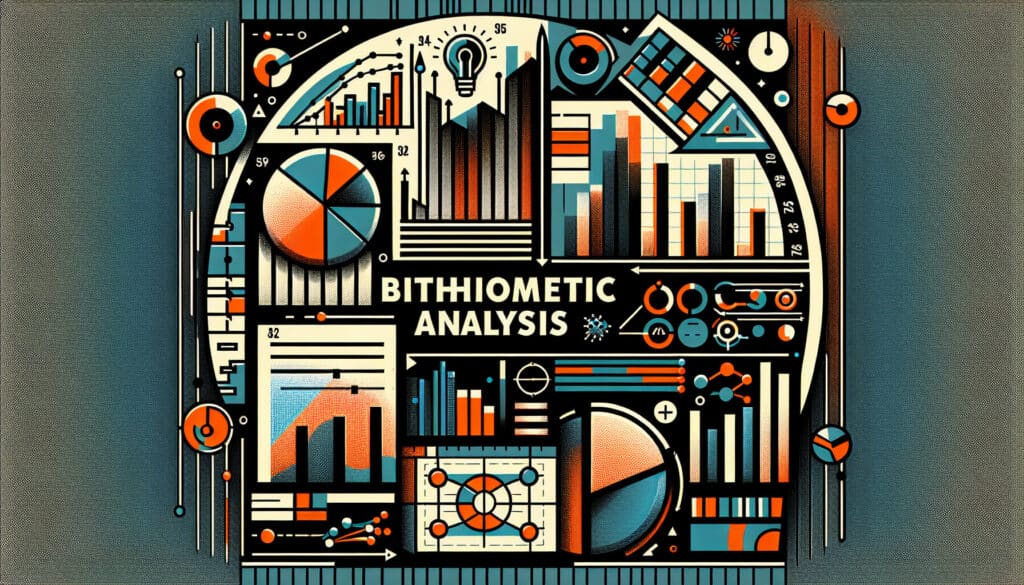A quantitative research الطريقة that uses statistical methods to analyze scientific publications.
- المنهجيات: الهندسة, تصميم المنتج, إدارة المشاريع
Bibliometric Analysis

Bibliometric Analysis
- تحليل التباين (ANOVA), تقييم الأثر البيئي, الابتكار, مراقبة الجودة, إدارة الجودة, البحث والتطوير, التحليل الإحصائي, التحكم في العمليات الإحصائية (SPC)
الهدف:
كيفية استخدامه:
- Bibliometric analysis is used to identify trends and patterns in scientific research. It can be used to identify the most influential researchers, institutions, and publications in a particular field.
الإيجابيات
- Provides a quantitative and objective way to analyze scientific research, can be used to identify trends and patterns that are not apparent from a qualitative analysis, and can be used to inform research policy and funding decisions.
السلبيات
- Can be difficult to conduct, requires a large amount of data, and the interpretation of the results can be subjective.
الفئات:
- الأفكار, حل المشكلات
الأفضل لـ
- Analyzing scientific publications to identify trends and patterns in research.
Bibliometric analysis finds extensive application across various sectors such as academia, pharmaceutical research, and engineering, facilitating a detailed understanding of the development of scientific inquiry within these fields. By quantifying publication metrics like citations, co-authorship networks, and institutional contributions, this methodology can reveal emerging research themes that are gaining traction, thereby guiding the strategic allocation of resources and funding in institutions dedicated to research and development. In the context of product design and innovation, companies may utilize bibliometric analysis during the early phases of project development to gauge the state of prevailing technologies or methodologies, informing decisions on investments in new product lines or processes. Collaboration among researchers, industry leaders, and academic institutions enhances the robustness of the analysis, enabling a comprehensive examination of previously published work and its implications. This data-driven approach also aids policymakers in identifying research strengths within their regions, guiding strategic initiatives aimed at boosting local scientific capacities. By analyzing patterns within grants or patents alongside publications, stakeholders can identify potential partnerships or competitive landscapes that may present new opportunities or challenges.
الخطوات الرئيسية لهذه المنهجية
- Define research questions or objectives that guide the analysis towards specific topics.
- Select appropriate bibliometric indicators such as citation counts, h-index, or impact factors.
- Choose relevant databases and sources for data retrieval specific to the research field.
- Process and clean the collected data for accuracy and consistency.
- Analyze data using statistical tools and software to uncover patterns and trends.
- Visualize findings through graphs, charts, or network maps to illustrate relationships.
- Interpret the results in relation to the initial research questions and objectives.
- Identify critical publications, authors, and institutions based on the analysis results.
نصائح للمحترفين
- Utilize advanced metrics such as h-index or citation impact to evaluate the significance of individual researchers and institutions in relation to their peers.
- Incorporate network analysis tools to visualize collaboration patterns among authors, institutions, and countries, revealing hidden partnerships that influence research output.
- Apply machine learning algorithms to cluster publications, offering deeper identification of emerging subfields and trends that traditional metrics might overlook.
لقراءة عدة منهجيات ومقارنتها, نوصي باستخدام
> مستودع المنهجيات الشامل <
مع أكثر من 400 منهجية أخرى.
نرحب بتعليقاتكم على هذه المنهجية أو المعلومات الإضافية على قسم التعليقات أدناه ↓، وكذلك أي أفكار أو روابط متعلقة بالهندسة.
منشورات ذات صلة
استبيانات الانزعاج العضلي الهيكلي
الاختبار متعدد المتغيرات (MVT)
تحليل الانحدار المتعدد
أنظمة التقاط الحركة
طريقة MoSCoW
اختبار متوسط المزاج